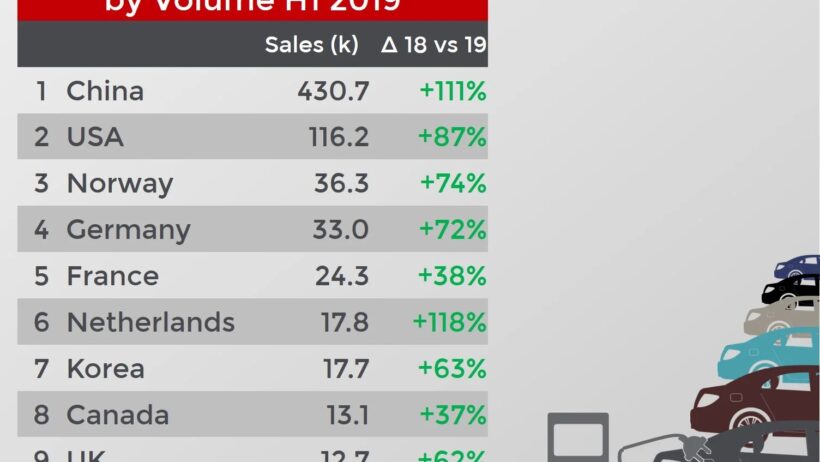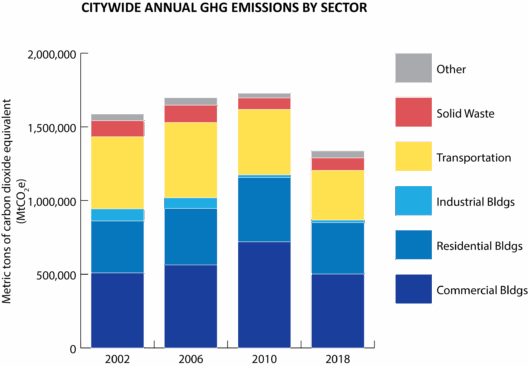In the great race toward sustainable transportation, electric vehicles (EVs) often take center stage as the shimmering vanguard. They glide smoothly into a future steered by renewable energy, promising deeper conservation of our planet’s resources. However, a pivotal question arises in this electrifying narrative: do electric cars genuinely conserve energy, or are they merely a shiny facade? Let’s embark on a comparative exploration between electric and fuel-based vehicles to decipher this intricate conundrum.
At the heart of the comparison lies energy efficiency—the cornerstone of eco-friendliness. In a world fraught with energy wastage, understanding how far our energy investments carry us is essential. Traditional internal combustion engine (ICE) vehicles convert roughly 12% to 30% of the energy stored in fuel into actual movement, with the remainder dissipating as heat, noise, and friction. In stark contrast, electric vehicles are akin to well-tuned symphonies, often achieving efficiency rates of 60% to 77% from battery to wheels. This remarkable transformation is akin to catching sunlight in a glass bottle; the energy journey is not merely about capture, but about its seamless transition into utility.
Delving deeper, we uncover the energy source itself. While electric vehicles are indeed tethered to the electricity grid, their environmental impact oscillates dramatically based on the fuel mix behind the electricity they consume. In regions dominated by fossil fuels, the ecological footprint of EVs can diminish significantly. Herein lies the paradox: although EVs can operate with exceptional energy efficiency, their conservation goal becomes overshadowed if the electricity feeding them is derived from non-renewable sources. In effect, the energy conservational merits of electric vehicles often hinge upon the broader energy policies and practices in place, revealing layers of complexity within what might seem a straightforward choice.
When discussing energy conservation, one must not ignore the lifecycle of the vehicles themselves. It’s one thing to analyze energy use during operation, but it’s essential to consider the entire lifecycle—from resource extraction to disposal. Electric cars often demand materials like lithium, cobalt, and nickel, which necessitate extensive mining practices that can inflict environmental harm. The process of harvesting these resources may counterbalance some of the advantages that EVs boast during their operational lifespan. However, as technology advances and recycling techniques improve, the sustainability of these materials is expected to rise, evoking a silver lining amid the resource extraction clouds.
Moreover, the battery technology that underpins electric vehicles is shifting rapidly, shedding light on future conservation potential. Innovations in solid-state batteries promise to enhance energy density while diminishing ecological consequences. Imagine a world where battery longevity is not marred by depletion but rebirth—leading to a new era where energy conservation becomes a cyclic phenomenon. This cyclical perspective could usher in a new paradigm of conservation where energy itself isn’t merely consumed, but iterated upon.
Arguably, the conversation around electric vehicles cannot neglect the silent, yet impactful revolution of regenerative braking. This pioneering technology allows EVs to harness and recycle energy, particularly during deceleration. It’s akin to a vast ecosystem where energy flows continuously, recycled by nature’s own mechanisms. As a vehicle slows, instead of simply dissipating energy as heat, the system redirects it back to recharge the battery. This innovation adds another layer of efficiency and makes electric vehicles not just conduits of energy but custodians of it.
As we ponder the question of real-world performance, considerations of range and refueling logistics must enter the dialogue. Fuel-based vehicles can often travel longer distances without the need for extensive stops, whereas electric vehicles require more meticulous planning to account for charging stations. However, this challenge gradually dissipates as charging infrastructure becomes more robust, akin to an expanding web that connects cities and rural areas alike. The long-range scenarios where EVs can effortlessly travel comparable distances are already materializing, evidenced by an increasing number of models extending their reach.
Ultimately, energy conservation patterns encapsulated within electric vehicles are governed by a multitude of factors. The answer lies not in a binary ‘yes’ or ‘no’, but rather a kaleidoscope of considerations that include energy sourcing, production methods, lifecycle assessment, and technological advancements. Each electric car that traverses our roads encapsulates a promise—a promise of potential energy conservation, shaped by our collective choices and technologies.
In conclusion, as the wheels of progress turn, the choice between electric and fuel-based vehicles carries profound implications not solely for individual drivers but for the tapestry of global energy consumption itself. The electric vehicle offers a tantalizing glimpse into a more sustainable future—one that thrives on efficiency and innovation. Ultimately, the conservation of energy hinges on how we wield these technologies. With thoughtful consideration, our journey toward energy conservation may just steer us into the horizon of a brighter, more sustainable future.







